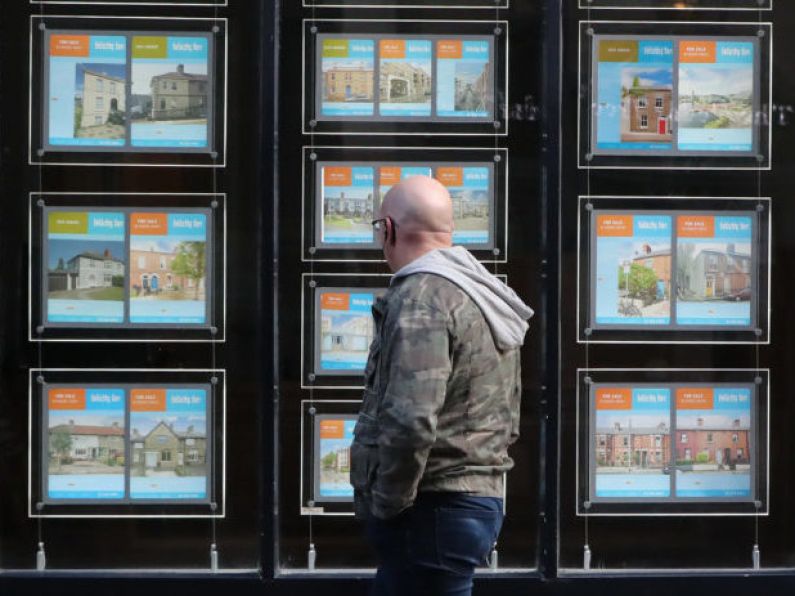The number of houses for sale in Ireland at the start of this month fell by over 20 per cent compared to the same time last year.
The latest report from Daft.ie shows there were just under 12,200 homes for sale on September 1st this year, which is about 3,300 fewer than the same day in 2022.
House prices increased by 1.1 per cent in the third quarter of this year, with the typical listed price standing at just over €322,000.
In the South East, Wexford saw the lowest increase, with prices going up by 3.6%. The average home there now stands at €288,854.
Waterford County saw an increase of 6.7% with prices standing at €317,139. The City saw less of a jump at 4.7%. Homes there are costing an average of €238,595.
Kilkenny saw the biggest jump in prices. There was a 6.8% increase there with houses costing on average €303,694.
Homes in Carlow are costing roughly €265, 638. This is an increase of 6.6% compared to last year.
And Tipperary's house prices jumped by 6.7% , now standing at an average of €240,645.
The listed cost price of a house nationally was 3.7 per cent higher in the third quarter of the year when compared to last year and roughly 13 per cent below the Celtic Tiger peak.
According to the latest Daft.ie House Price Report, prices in Dublin were 1.4 per cent higher than a year ago, the lowest rate of increase since prices started to rebound in late 2020.
House price inflation was higher outside of the main cities, with year-on-year increases of 4 per cent in Leinster, almost 6 per cent in Munster and just over 8 per cent in Connacht-Ulster.
Economist and author of the report Ronan Lyons said the availability of homes is at levels only previously seen during the pandemic.
"While the flow of properties coming on to the market has fallen, it is down only slightly comparing the last year with the previous 12 month period," he said. "With supply only down slightly but availability down a lot, demand is holding up far better than might have been expected given the rise in interest rates."
"The number of homes being built in the country has held up remarkably well, with roughly 30,000 homes expected to be built this year, close to last year’s total. There is a shift away from private rental and into various forms of subsidised housing, including cost rental.
"But in the sales segment, the second-hand market remains very tight. This came about originally because of the pandemic but the market has never fully recovered. With interest rates outside of the control of local policymakers, the other solution is to continue to increase the rate of completions."
Keep up to date with all the latest news on our website Beat102103.com.






